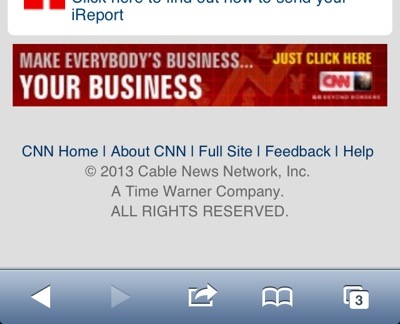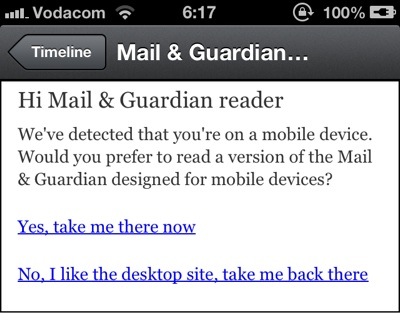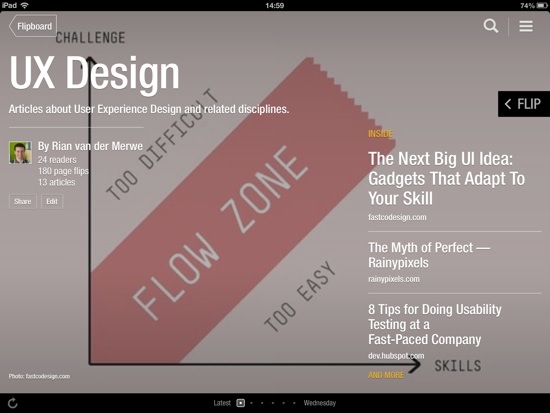Kate Crawford wrote a very good critique of Big Data methods in The Hidden Biases in Big Data:
Data and data sets are not objective; they are creations of human design. We give numbers their voice, draw inferences from them, and define their meaning through our interpretations. Hidden biases in both the collection and analysis stages present considerable risks, and are as important to the big-data equation as the numbers themselves.
Kate uses some interesting examples from Hurrican Sandy and the City of Boston to make her argument, and ends with the conclusion that is a common plea among qualitative researchers:
We know that data insights can be found at multiple levels of granularity, and by combining methods such as ethnography with analytics, or conducting semi-structured interviews paired with information retrieval techniques, we can add depth to the data we collect. We get a much richer sense of the world when we ask people the why and the how not just the “how many”.


